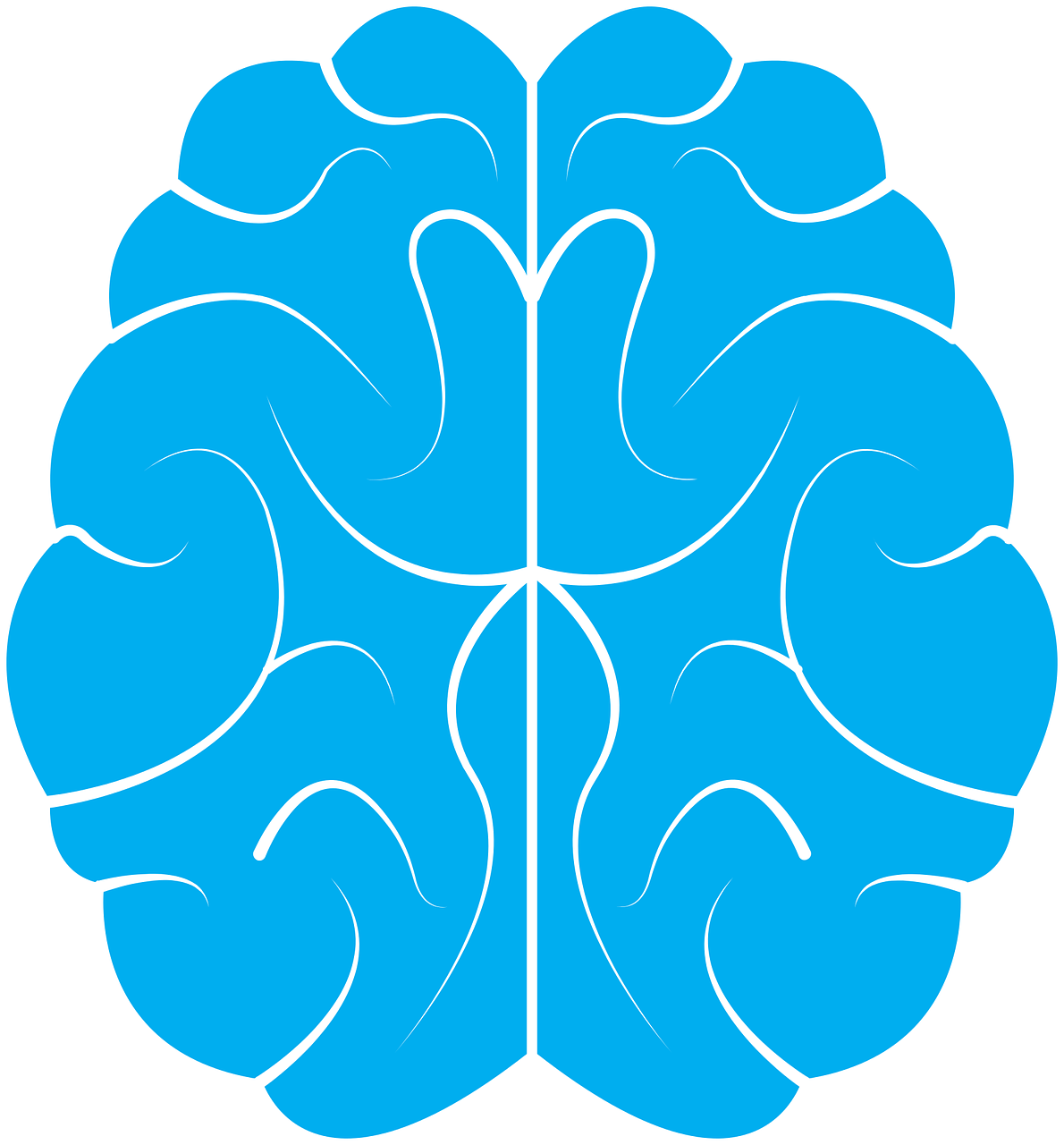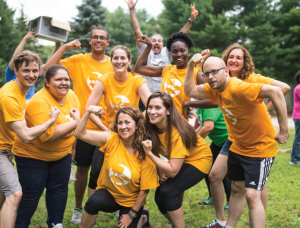“Make up your mind.” How many times have you heard that expression or said it yourself? The decision-making process is more complex than many realize. As Albert Einstein once said: “We cannot solve our problems with the same thinking we used when we created them.”
So, what is going on in your mind as you mull your options?
Do you think people are more inclined to give to charity when they see that a famous and/or wealthy donor has already given? As described in their study “How Can Bill and Melinda Gates Increase Other People’s Donations to Fund Public Good,” John A. List, Homer J. Livingston distinguished service professor in economics and chairman of the Department of Economics at the at the University of Chicago, and Dean Karlan, professor of economics at Yale University, examined the impact of naming the matching donor, the Bill and Melinda Gates Foundation (BMGF), versus not providing the identity of the matching donor.
The sample consisted entirely of individuals who had not previously donated to TechnoServe, a charity headquartered in Washington, D.C., that focuses on international development and poverty reduction. They found that the quality signal of naming BMGF as the source of matching funds significantly increased average revenue per solicitation by 51 percent and increased the probability of an individual donating by 26 percent.
And when List and Karlan examined the impact of a matching grant provided by BMGF at a ratio of $2:$1 versus a control group that received no match offer, the $2:$1 BMGF matching grant significantly increased average revenue per solicitation by 81 percent during the match period. “What we observe is that people informed about the BMGF quality signal continue to give at higher rates well after the matching period, lending critical support to the quality signaling interpretation,” they wrote.
Welcome to behavioral economics. “Behavioral economics says we are sometimes rational, but most of the time our rationality is limited by our ability to work things out, the large amount of information available, the limited relevant knowledge we have and our own lack of time and energy,” explained Bernard Ross, director at the Management Centre in London and Omar Mahmoud, chief of market knowledge at UNICEF, Private Fundraising and Partnerships, authors of the forthcoming book “Brain Science and Decisions: How We Really Think and How It Can Help Your NGO.”
“Whether you are deciding on donating to charity, buying services or goods or even dating, you make decisions based on mental short cuts, or heuristics,” Ross and Mahmoud added. “These heuristics form part of the thinking developed by psychologist Daniel Kahneman, regarded as the founding father of behavioral economics as a discipline. Extraordinarily, he won the Nobel Prize for Economics without having ever taken an economics course. His book summarizing his award-winning ideas, “Thinking, Fast and Slow”, and a body of wider work”, has influenced what we know about decisions, risk and even happiness.”
Indeed, the way you actually think — your fast, intuitive effortless, automatic and emotional decision-making system — and the way you think you think — your slow, rational, tiring, deliberate and considered system — often can be conflicting, Kahneman explained. And understanding heuristics can make good fundraising sense to your charitable organization if you know how to take them into account, Ross and Mahmoud point out:
1. Anchoring. You respond to an initial stimulus in your subsequent choice. So, if prospects are willing to make a gift, and you ask for a larger gift, then you are more likely to secure an actual gift at a higher level. Consequently, the larger initial number “anchors” the result.
2. Framing. The context or frame in which something is experienced makes a difference to the result. The frame might include the perceived brand value of your organization, so a gift made to a charity that people know and trust might well be higher.
3. Hinting. By offering a “nudge” to individuals, you can help them make a preferred choice. Asking a very specific question can direct action and increase results, for example, while having bigger text in your appeals actually encourages people to give larger gifts.
4. Progressing. People like seeing progress to a result and to contribute to it, so donors, it turns out, like to contribute more at the very start and at the end of any campaign. Showing progress to a target, such as a donor thermometer or the percentage of a college class that has already given toward a certain goal, helps others to get on board.
5. Normalizing. By making something seem normal for a specific person, the target is more likely to take part. Consequently, by offering employees a small gift plus a personal email from the CEO asking them to contribute, one organization was able to improve participation from 5 percent to 17 percent.
6. Empathizing. People like to identify with those whom they are being asked to help. And, they prefer to do that with individuals rather than with groups (Malala Yousafzai’s story rather than Pakistani girls overall, for example). Consequently, by highlighting the situation of a specific individual, you gain more and higher gifts than a generalized ask. It also makes a difference if you see the situation from their point of view.
There are other heuristics — perhaps as many as 150 — including loss aversion, confirmation bias, substitution and representativeness, to name a few.
In the research study “Hey Look at Me: The effect of giving circles on giving,” Dean Karlan and Margaret McConnell, assistant professor of global health economics at Harvard University, explored whether social image or being able to influence others had a greater effect on increased giving. They conducted an experiment with a service club at Yale University in which alumni were contacted by phone for a donation to the annual campaign. (All the scripts included a specific request for $100.) Of the 4,168 individuals targeted for the campaign, 13 percent made a donation and only 24 individuals chose to make anonymous gifts. When researchers mentioned to prospects that their names would be published in a newsletter if they gave a certain amount, on average those who received the newsletter offer made $66 gifts compared with $58 gifts for those who did not receive the offer.
Then, to determine whether donors give more when they know their gift could be public because of concern for their social image or because they believe they could influence others to give more, a second experiment was conducted with undergraduates’ being asked to divide $5 between themselves and the Global Fund to Fight AIDS, Tuberculosis and Malaria. The researchers concluded that the evidence “suggests that the desire to influence others cannot fully explain why donations increase when they are publicly recognized, suggesting that social status is a central motivating factor.”
The main challenge fundraisers have is that “many of these things contradict the way they have always done development,” explains Alan R. Hutson, Jr., MPA, CFRE, principal and managing partner at The Monument Group in Richmond, Va., and senior partner consultant of the Management Centre. “Behavioral economics points out opportunities for things that can sometimes appear counterintuitive. For example, the paradox of choice tells us that giving donors too many options will reduce their chance of donating, but limiting donor choice feels wrong to many fundraisers. The magic, of course, is to know your donors well enough as to provide the correct one or two choices.”
In the end, as they make up their minds about which causes to support and how much to give, many donors may simply follow their hearts.
*Jacklyn P. Boice is a freelance writer based in Williamsburg, Va., and is the former editor of Advancing Philanthropy










